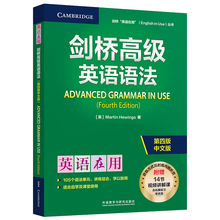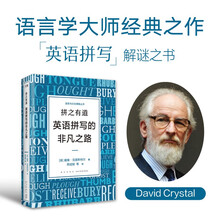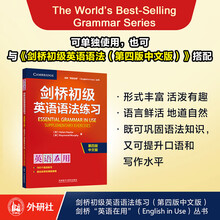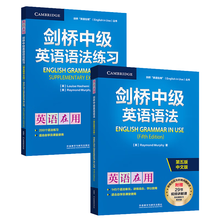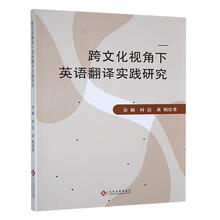By volume I mean the sheer amount of (comprehensible) language thatis spoken, heard, read or written in the course of the activity. Crudelyspeaking, the more language the learners are exposed to or produce, themore they are likely to learn: this means devoting plenty of time topractice sessions, and exploiting that time efficiently. When the materialto be practised is non-specific, as in fluency exercises, this just meansspending as much time as possible using the language in general (asdistinct from talking about it). When, however, the material is specific, asin the learning of a grammatical structure, most of the volume shouldconsist of repetition of the items to be learnt. In other words, we want todesign procedures that will induce the learners to engage with the items tobe learnt as many times as possible. This does not mean mere mechanicalreiteration of forms, but repeated reception and production, in speechand writing, of different examples of the structures form and meaning.
In a brief exercise where there is insufficient volume and repetition, thelearners may provide you with some feedback on what they know, or donot know, but they will not get much opportunity to consolidate theirlearning. In other words, the procedure will probably function as aninformal test rather than as a practice.In simple terms, the principle of repetition means that you have to getthe learners to produce or perceive examples of the structure - say,sentences using the present perfect tense - over and over again. Thiswould seem to be a perfect recipe for boredom. However, the twofeatures of interest and repetition, though not easily combined, are by nomeans mutually exclusive; and thinking of ways to achieve both of themsimultaneously is perhaps the central challenge facing the teacher andmaterials writer in designing effective practice techniques.
展开

